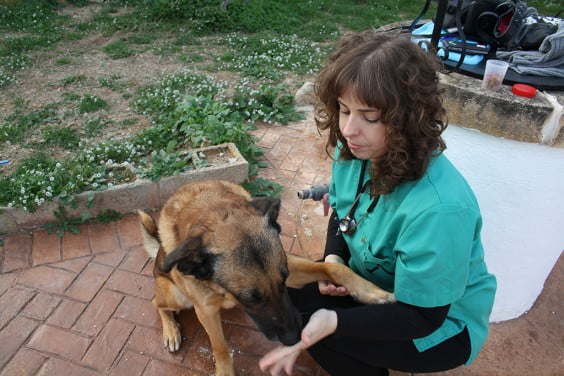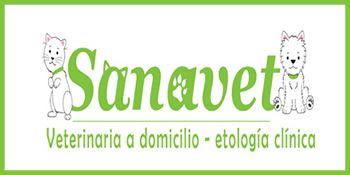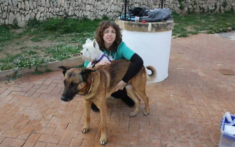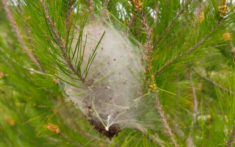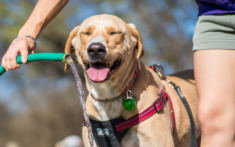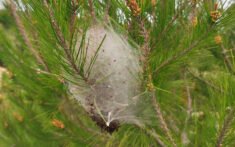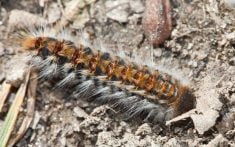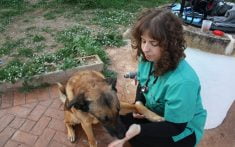As we already have the San Juan festivities on top and there are many dogs and cats that are scared Sanavet we want to give some tips to help them not to have such a bad time. Steps to follow:
1 - Provide an area where you can take refuge and feel safe. To do this, we will use the area that the dog has previously chosen (under the bed, in the bathroom), or we will create a new one. The safe area should be located in the quietest area of the house and it has to be a place of small and dark dimensions, since when dogs are scared they tend to be quieter in places with low light. Once the place is chosen, we will build the area with a cardboard box, carrier or cage, a table or a bed can also be served.
2 - Place your usual bed inside the shelter.
3 - Close windows and curtains, to get an acoustic shelter, we will lower the blinds and place blankets on top of the shelter. We can also put rhythmic music at low volume or turn on the television.
We must habituarle to the area in advance, for it a few days before starting firecrackers will encourage your pet to use the safe zone by placing there his favorite bed, toys, food, ... and we will all activities you enjoy in this area (play, touch, leave Marshmallow to the look or an interactive toy with sweets inside, ...). It will also reward you when we see there.
The safe area should always be available and must be easily accessible to our pet can come and go as you please.
In the safe area we can place a pheromone diffuser that contains an analogue of the canine appeasement pheromone that is secreted by lactating females whose function is to provide tranquility and safety.
If you already have your chosen area we can just make it more comfortable with the advice we discussed earlier. Tips:
- We will not bother you when you are in the safe zone nor will we try to get you out of where you hide, nor will we prevent you from hiding.
- Choose the quietest hours and places to go for a walk. If you do not want to go outside it is better not to force him. Do not let go in case they throw a firecracker and run away. Take a long walk to exercise and help you be more relaxed.
- If it is possible not to leave your pet alone at home, do not leave him outside in the garden or on the terrace as there is a risk that he will escape.
- If we are with our pet we will act calmly and will not give importance to noise. Do not pet or comfort the dog if it comes to you showing clear signs of fear, such as groans or trembling. However, do not completely ignore it, as this would further increase your stress. Allow him to approach you and feel protected, but do not pay attention to his manifestations of fear. We can be by your side keeping you company and doing as if nothing happened (we can do an activity that we normally do like watching TV, reading, listening to music, ...).
- Before the event begins we can take you to the safe area and distract you by playing or giving you an interactive toy with food inside.
- Never punish him, even if he barks or gets nervous.
- Do not expose it to firecrackers so that fear passes, that will only make the problem worse.
- We can use (always under veterinary supervision) pheromones, nutraceuticals and in severe cases drugs. You have to be careful because not all drugs are useful, there are even some contraindicated (“calm” pills) because with these drugs the animal is still conscious and therefore perceives the stimulus that causes fear but due to the muscle relaxation they produce The animal cannot move, which can make the phobia worse over time.
- In this link you will find an explanatory video that summarizes the process of creating a safe area and the advice to follow on a stormy or fireworks day.
I hope it helps you. Remember that this is not a treatment, it is just an aid so that you do not have a bad time. If you want your dog to overcome its fears, go to a veterinarian specializing in behavioral medicine (veterinary ethologist) to propose a behavior modification protocol.
Sandra Nave Tormos - Veterinary and Clinical Ethologist
Contact Sanavet
| 634924293 | |
| Monday through Friday from 10: 00 h. at 20: 00 h. and Saturdays from 10: 00 h. at 14: 00 h. | |
| sanavetjavea.veterinariaadomicilio | |
| sanavetjavea@gmail.com | |
| Animals |

